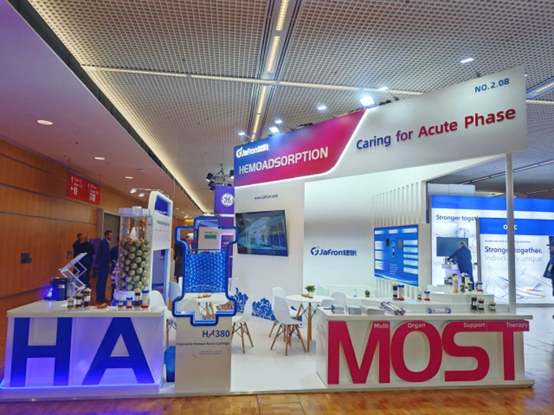Academic Perspective: Liver Support Alive -- The Role Of DPMAS In Clinical Practice
Author:Sherry Zhang Date:2020-10-13
Webinar of Liver Support Alive
Q&A
________________________________________________________________

1. What are your experience/opinions to initiate/stop DPMAS treatment?
● To start the DPMAS treatment:
◆ For patients who is not on the waiting list for liver transplantation
1) Patient has an indication for DPMAS, such as liver failure, liver failure tendency or hyperbilirubinemia.
2) Patients should not have contraindications including active bleeding, DIC and etc.
3) The causes of liver failure are well controlled.
When all the above conditions are present, we should start sequential ALSS treatment as soon as possible.
◆ For patient who is on the waiting list for liver transplantation has indications and without contraindication, we would start DPMAS treatment as soon as possible. We would conduct DPMAS treatment even if the causes of liver failure are not under control.
● To terminate DPMAS treatment:
◆ Biomarkers such as PTA and total bilirubin are stable and improved.
◆ Improvement of symptoms.
◆ Re-assess or terminate ALSS treatment when
1) Patient’s condition gets worse
2) Total bilirubin level reaches to the highest level
3) Aggravated complications or develop new complications
In this case, the patient might need liver transplantation for survival. (Dr. Zhou)
2. How do you evaluate the patient before, during and after DPMAS (signs, symptoms, labs)?
● Before DPMAS treatment, if the patient has ARDS, I would not conduct any ALSS treatment in my clinical practice.
● During the DPMAS treatment, there is nothing specific, only to observe if the patient has any adverse reaction such as fever or allergy.
● After the DPMAS treatment, I would pay attention to how is the bilirubin rebound. If patient have relatively high bilirubin after the treatment, it is a sign for patient to have liver transplantation. (Dr. Sandeep)
3. How do you choose anticoagulant agent?
● We choose heparin as anticoagulant agent in my center. According to patient’s PTA value, tendency of bleeding, body weight and etc. to determine the personal dose of heparin for each patient. After the first dose of heparin, we would monitor the pressure on the machine, once the TMP begins to increase, judgments on whether it is an abnormal or normal increase should be done. (Prof. Zhou)
4. What is the difference between MARS and DPMAS?
● The MARS system combined with two systems, including renal and liver support, which costs a lot of albumin of the patient. The main problems of MARS are the price issue and a big risk of blood coagulation. For DPMAS, there is no clotting. We can combine CRRT and DPMAS instead of MARS. (Dr. Raninstha)
5. For ACLF patients who have bilirubin rebound, should I continue or terminate the treatment?
● For ACLF patients, I would suggest to choose DPMAS+PE rather than DPMAS alone. Moreover, we would process at least 5L plasma in each treatment. You may need more adsorption volume and more sessions of DPMAS. (Prof. Zhou)
















